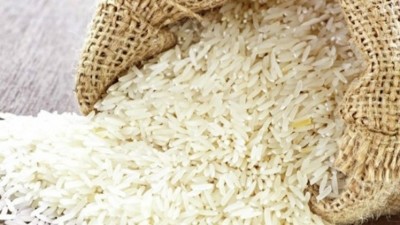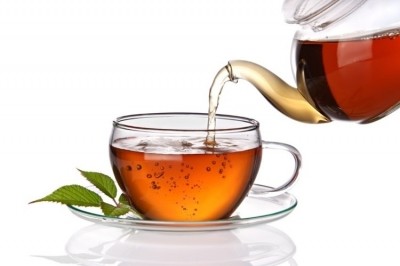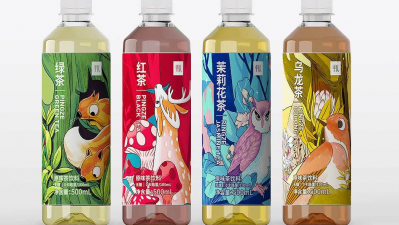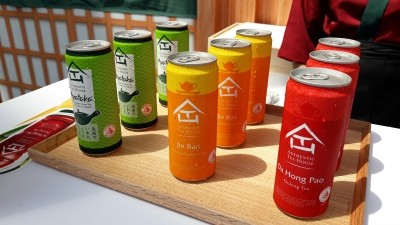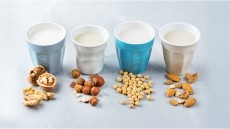Business is brewing: How Australia is steaming ahead with green tea exports to Japan
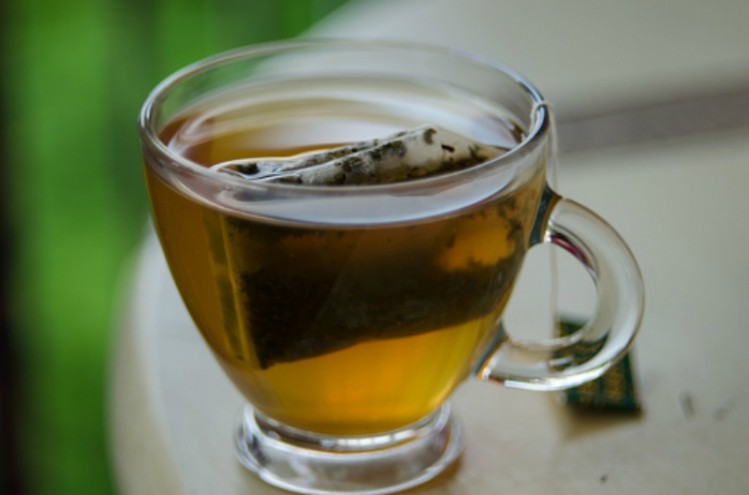
The key to success for the green tea export business here is geography and production cycle, enabling Australia to fill in supply gaps for Japan, according to Australian Green Tea Cooperative founder John Robb.
"Because we're southern-hemisphere production, we're out of sync with the Japanese production cycle, so they can have fresh tea at two different times of the year," he said.
The average per capita consumption of green tea in Japan was 628 grams in 2016. According to Kunitaro’s website, “Tea is indispensable in our daily life in Japan.”
“Green tea has been drawing consumer's attention [sic] as a healthy drink due to its ingredients such as catechin, carotene, vitamins, etc. Tea is now regarded as one of the healthiest beverages.”
One of the oldest green farms in Australia is located in Mangrove Mountain, New South Wales, and it was here that the co-op first joined forces with Kunitaro to plant green tea.
This was back in 2004, when the growing demand for green tea in Japan led Kunitaro to search for new options outside the country. The farm has doubled in size since then.
Kunitaro President Kunitaro Nakamura has also acknowledged the high quality of tea leaves produced in Australia.
“We have been operating our company based on our product policy of respecting the consumerism. [sic] We have differentiated our products from other [sic] by offering convenient, high-quality, reasonable, safe and health-oriented products,” said Nakamura.
“[The green tea project with Australia] has been successfully developed in collaboration with the local government and farmers.”
Local authorities are now speculating that green tea could become a major export crop for Australia in the future.
“China's the biggest tea exporter, and we'll be competing with them, but I think where we have to look at our point of difference is around that clean, green food production which Australia's known for," said Frank Sammut of the Regional Development Australia Central Coast.
Regional Development Australia CEO John Mouland added that tea “could end up being as important as the wine industry is in some other regions of NSW
“We are passionate about the potential of the food industry on the Central Coast,” Mouland said Austea Coop.
As of now, there are approximately 20 green tea farms in Australia, ranging across the New South Wales, Western Australia, Tasmania and Victoria regions.
A worthwhile investment
The Australian government appears to support Regional Development Australia’s opinion, as it recently provided the Australian Green Tea Co-operative with A$100,000 (US$72,200) worth of grants to invest in farmers’ operations.
“This funding will allow the Australia Green Tea Co-operative to improve marketing, and the corporate consolidation required to develop their business,” said Lucy Wicks, federal member for Robertson to Coop News.
“This investment gives farmers the skills and resources to take greater control of the supply chain and achieve economies of scale, including negotiating prices for their goods.”
Australia currently only produces less than 1% of the global tea consumed, and does not rank within the top 15 tea-exporting countries.
Japan exported 4,108 tons of green tea in 2016, mostly to the United States, Taiwan, Singapore and Germany. Green tea exports grew roughly 30% in value from January to November in 2017.
